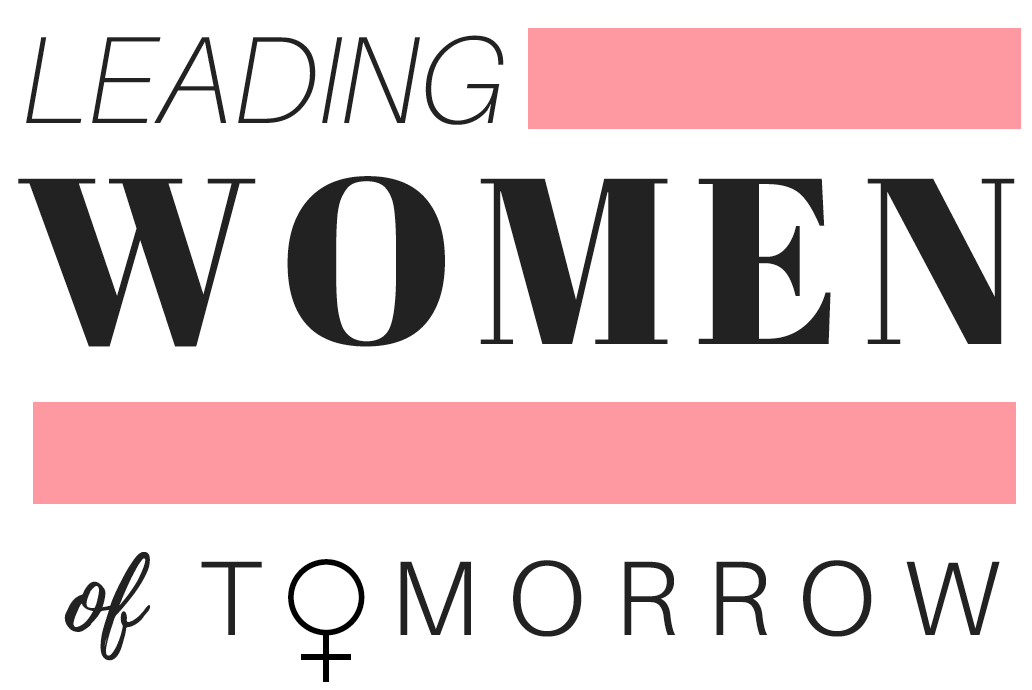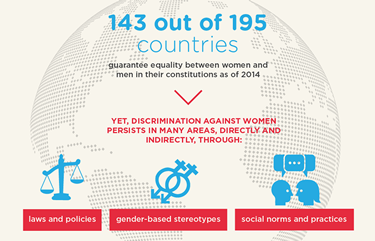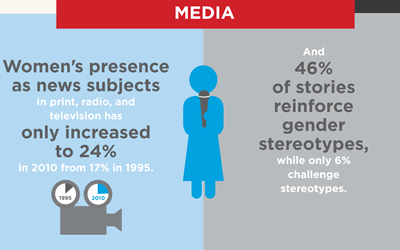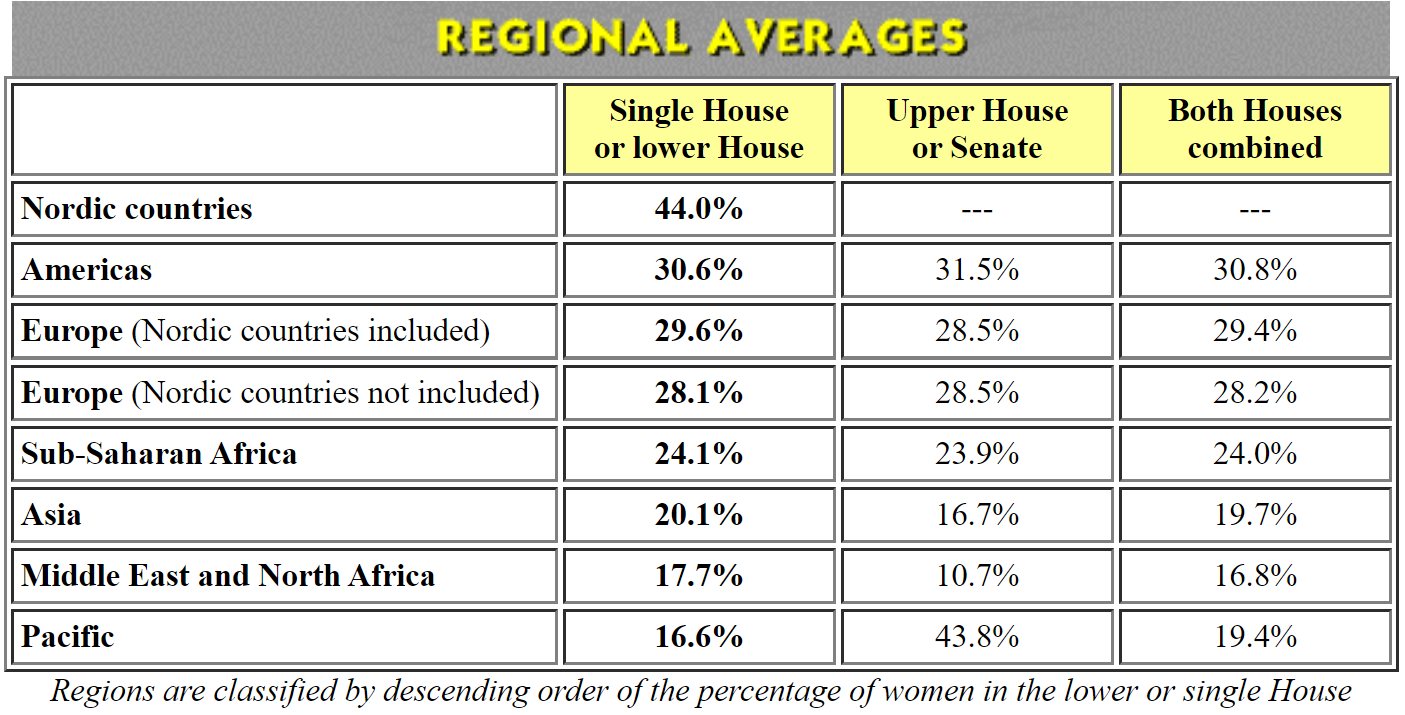Beijing Platform For Action
In honor of the 43rd annual International Women’s Day on March 8th, now is a good time to reflect on the ground gained in the fight towards gender equality. To do this, we can view these advancements through the lense of a pivotal piece of legislation, as well as the conference that bore it: the Beijing Platform for Action. Created as a result of the 1995 Fourth World Conference on Women in Beijing, it was a massive undertaking for the United Nations, its participating 189 member states and governments, 17,000 participants and 30,000 activists attending the Forum regarding non-governmental organizations (NGOs). After much deliberation, the consensus reached was that various niches of society needed to be changed in order to improve women’s rights (source).
In accordance with Chapter III, Article 8 of the 1945 United Nations Charter, the Fourth World Conference on Women was a part of a series of conferences meant to give female leaders a voice to speak out about gender issues around the world. It was an event meant to signify the UN’s acknowledgment that equal rights for women and girls is a reality that the organization should be working towards.
The Beijing Platform for Action functioned as an outline for the United Nations to ensure gender equality in the coming twenty-first century. Expanding upon the practices outlined in the Nairobi Forward-looking Strategies for the Advancement of Women (1985), the Platform identifies some troubling phenomenons occurring globally that contribute to the issue of gender inequality. More often than not, these environments feed off of each other, making it more difficult for women to gain proper rights. For instance, social developments (especially in developing countries) are often hindered by situations such as economic recessions, military expenditures, unstable governments, and widespread poverty. Additionally, the Platform reiterates that both men and women must contribute to the movement, empowering women to be represented in all socio-economic hemispheres. According to the document: (link to document), “Equality between women and men is a matter of human rights and a condition for social justice and is also a necessary and fundamental prerequisite for equality, development and peace. A transformed partnership based on equality between women and men is a condition for people-centred sustainable development.” (UN, 22)
In lieu of this, the UN holds itself (and its participating governments) responsible for providing public and private resources to ensure that all women have control over issues such as financial autonomy. To organize the document, the UN broke the Beijing Platform into 12 areas that they thought were pivotal to bringing this dream to fruition. These 12 areas include: (source of infographics)...
Women and the Environment
Women in Power and Decision-Making
The Girl Child
Women and the Economy
Women and Poverty
Violence Against Women
Human Rights of Women
Education and Training of Women
Institutional Mechanisms for the Advancement of Women
Women and Health
Women and the Media
Women and Armed Conflict
25 years since the Beijing Platform was passed, much of what was detailed in the document was achieved, or at the very least, attempted. To illustrate, in a special edition of the Beijing Platform published in 2000, there were already increased efforts to tackle “the feminization of poverty,” through employment and other economic programs designed to generate income for underpaid women. The updated version of the platform also said that there was an increase in programs dedicated to educating women on family planning and reproductive care. Additionally, there was an uptake in the education of governments on fully utilizing health care workers, law enforcement, and call centers for domestic violence situations (Chapter II Achievements in and obstacles to the implementation of the twelve critical areas of concern of the Beijing Platform for Action, pg 208).
However, there is still much work to be done, progress that can be achieved if the avenues of the nonprofit, political, and public sectors converged. Consequently, many countries around the world have cultures that suppress and prohibit the education of women, making their advancement much more difficult. The collaboration between the three is the only way in which the topic of gender equity can be even broached. Here are just a few of those statistics:
As of December 2018, women only make up 24.5% of all national parliaments. (source, of both statistic and infographic)
As of 2019, the uncontrolled gender pay gap (average median earnings of all men and women) showed that women only make $0.79 to every man’s dollar (source)
In the United States, over 1 in 3 women have experienced sexual violence in their lives, with nearly 1 in 5 women experienced “completed or attempted” rape at some point in their lives (source)
According to the UN High Commissioner for Human Rights, Michelle Bachalet, there is still much work to be done. She warns the UN and all of its governments that complacency is a dangerous state to be lulled into, that the fight for women’s liberation is a battle we must keep fighting. In a statement released by the High Commissioner in relation to the Beijing Platform, she states: (source of statement)
“We cannot and we will not tear apart the women’s rights agenda, establishing a hierarchy of acceptable measures and those deemed ‘too sensitive’. In other words, we must resist all challenges to the hard-won affirmation of what we know: that women’s rights are human rights – in their universality and indivisibility, and for all women, in their full and free diversity. Human dignity cannot be dissected, compartmentalized, negotiated – nor can it be a privilege of few.”
For this International Women’s Day, we should all follow the UN High Commissioner’s advice. Remember, there are always more injustices to fight, more rights to wrong. Organizations such as UN Women are working tirelessly to put the power back into women’s hands. In solidarity, we should do the same.













